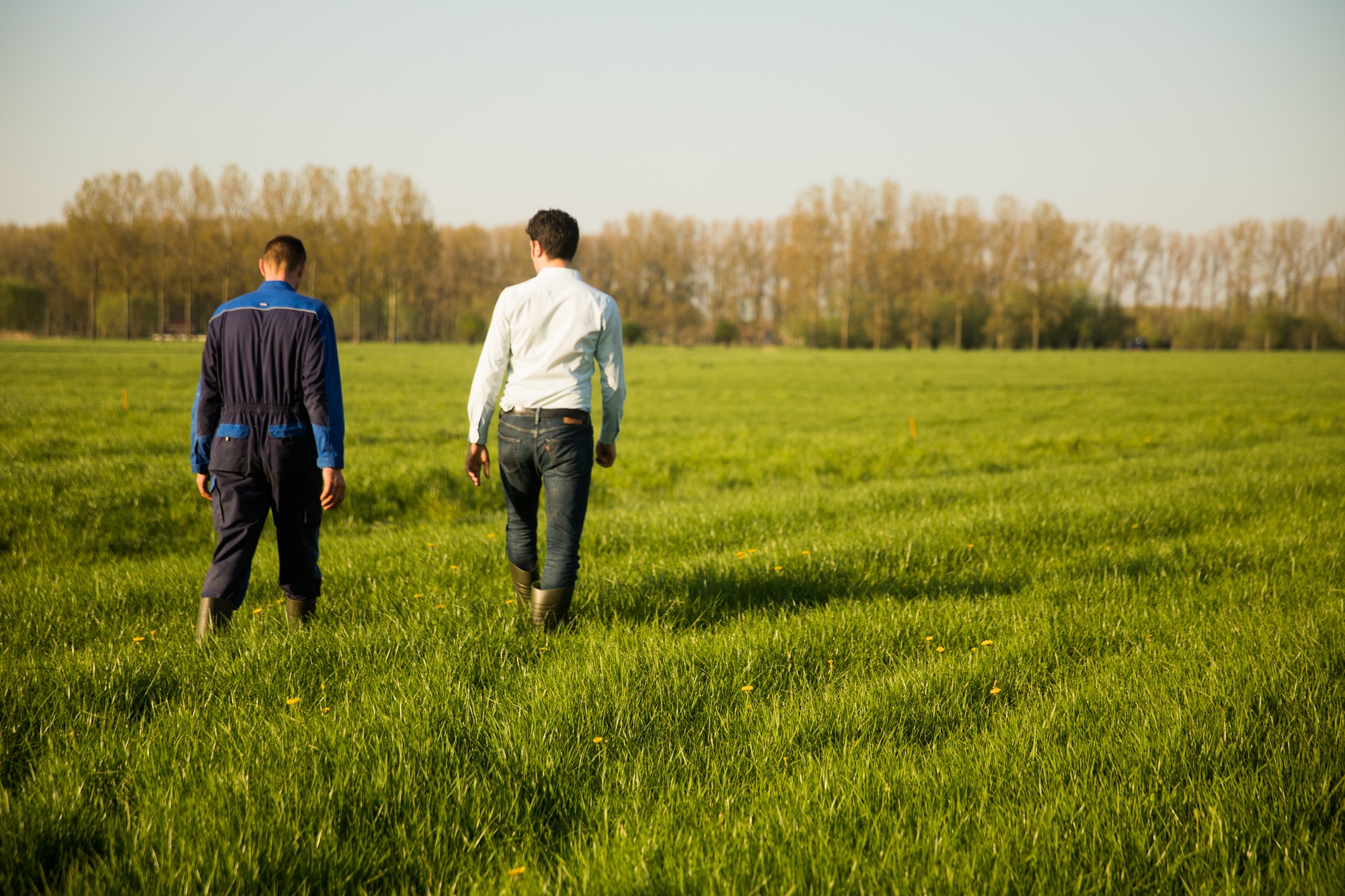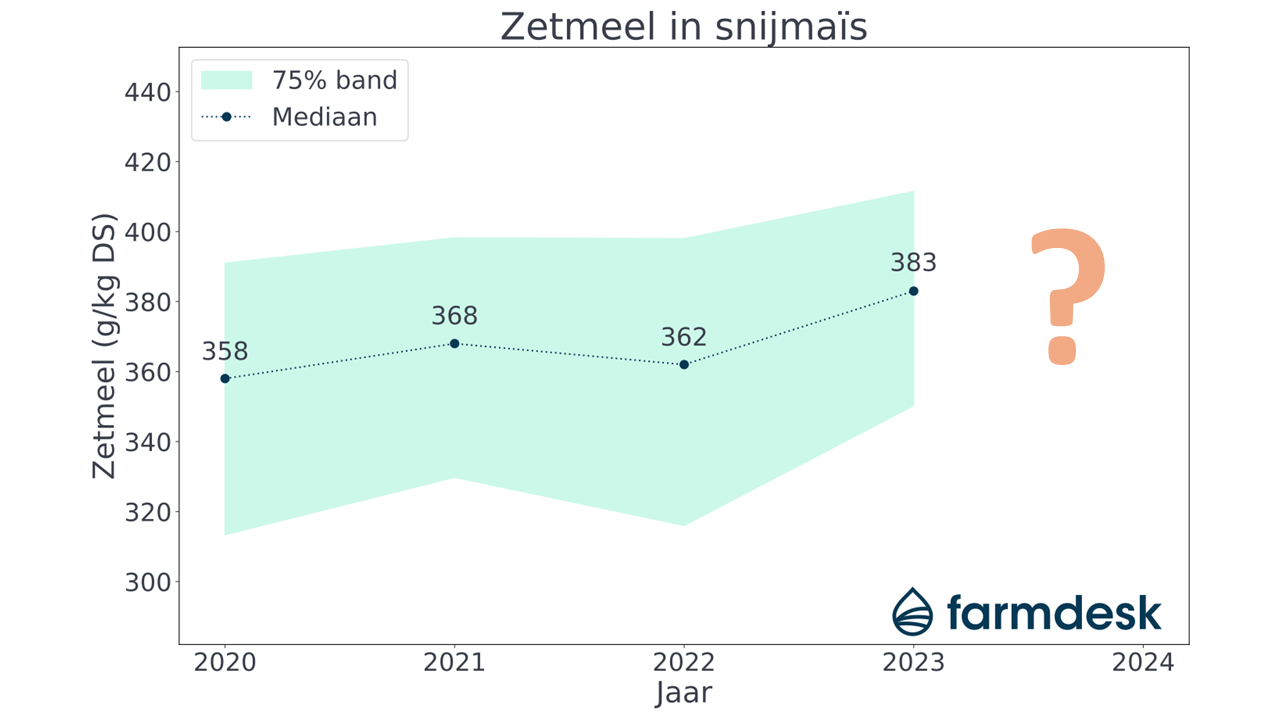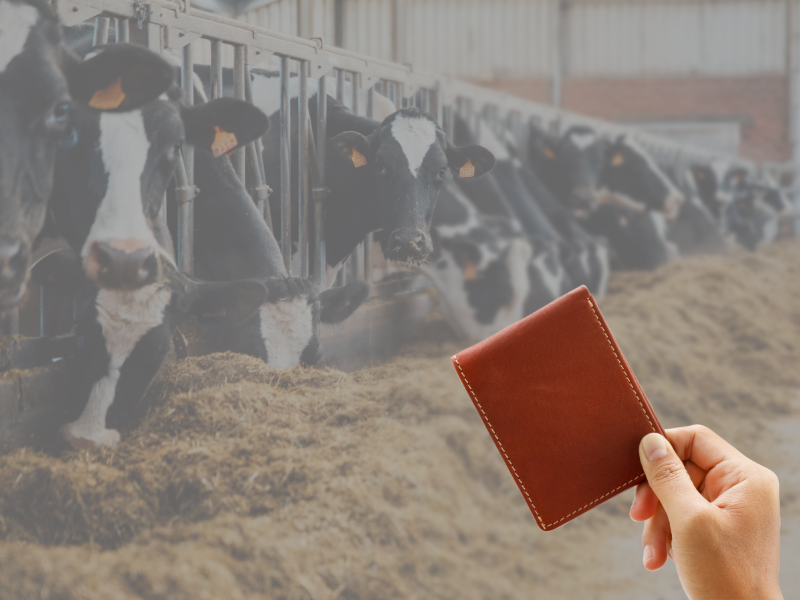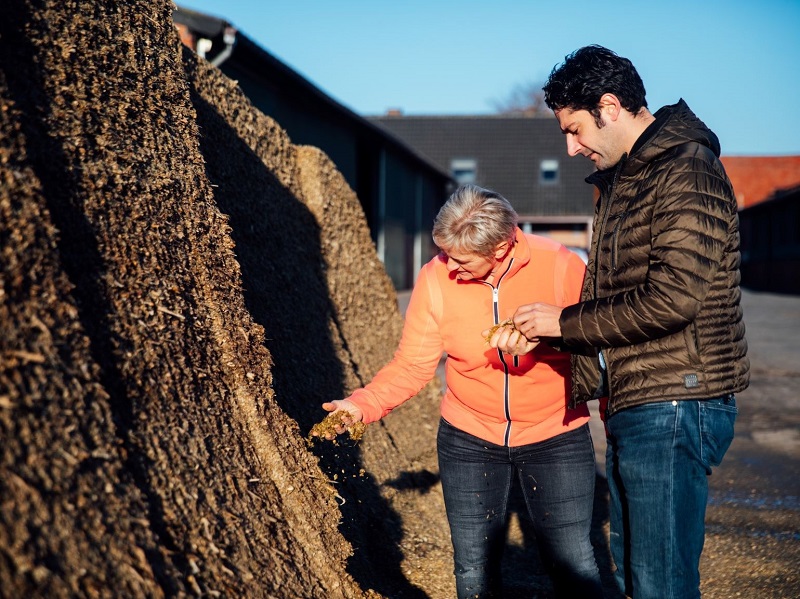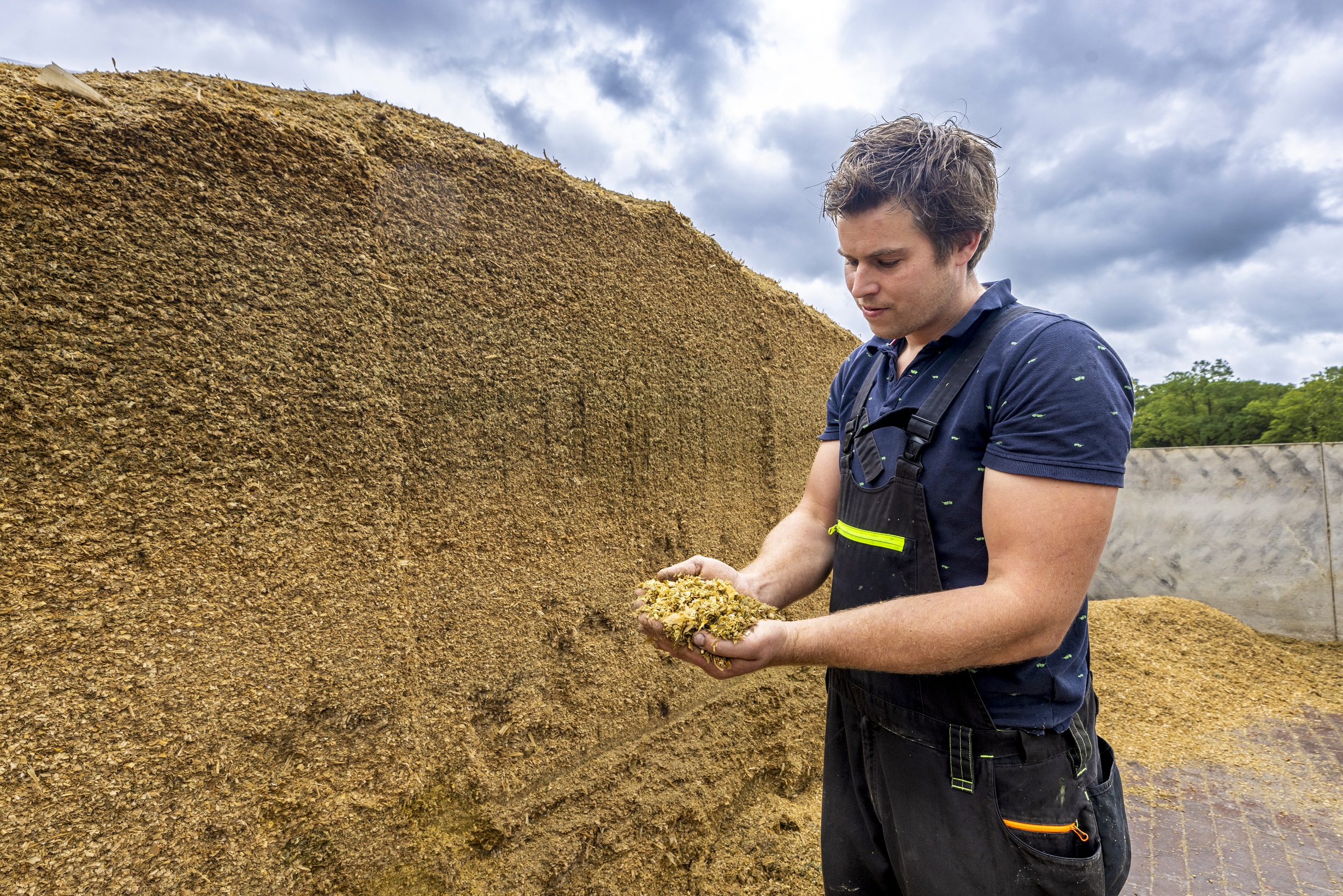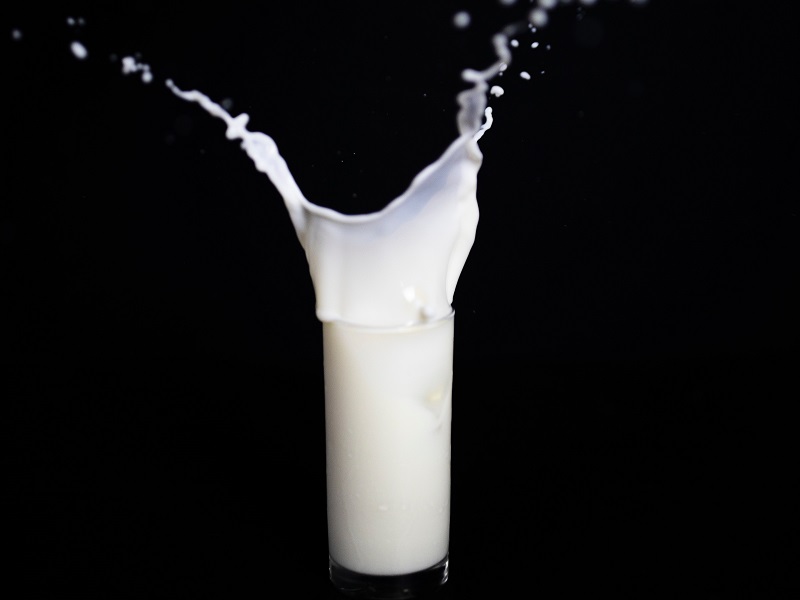The cold spring, the dry June month and the growthy fall are standouts of the 2023 grass season. On average, nice grass silage was won with fine quality.
The cold spring possibly caused a slow start to the grass season. The dry June month was not unique, as we have had more frequent summer growth dips in recent years. In turn, the tender weather in the fall resulted in a nice final cut.
The 2023 grass season was certainly not bad. However, quality forage and protein from own land remain important. Thoughtful grassland management remains crucial.
In the remainder of this article, we take a closer look at the feed values VEM, crude fiber, NDF, ADL, sugar, crude protein, DVE and OEB. More explanation of these feed values can be found Feed values and key figures in Farmdesk and specifically for NDF and ADL here.
VEM in grass
Farmers who mowed timely in the spring were rewarded with high quality grass, characterized by nice VEM contents and relatively low values for crude fiber, NDF and ADL.
The none too extreme temperatures combined with the abundant precipitation during the summer of 2023 caused a limited dip in VEM during the summer months.
Crude fiber in the grass
The crude fiber content of grass in 2023 averaged around 241 g/kg DM. In 2022, the high crude fiber content was often a result of heat and drought stress, especially during the summer months. In 2023, we see that it is more likely to be due to late mowing, similar to the year 2021.
NDF and ADL content in grass.
The average values for NDF and ADL in 2023 were 477 g/kg DM and 19 g/kg DM, respectively, with especially more outliers upward.
The grass silage generally contains quite a lot of fiber. This is due to late mowing, especially in the summer months.
Sugar in grass
Mainly the sunny days combined with the cold nights in spring resulted in high sugar content of spring grass. The warm and sunny June month also resulted in high sugar content. Afterwards, a downward trend was seen in the sugar content of the silage. The further into the growing season, the less sugar is still present in the crop.
Crude protein in grass
The crude protein levels were moderate especially early in the growing season. The cold weather meant that nitrogen was not well available to the plant. As the growing season progressed and it got warmer, the nitrogen was well released to the plants. This produced nice protein levels in the fall.
DVE and OEB in grass
Also in 2023, the protein finished nicely to DVE under the influence of the many hours of sunshine. The summer was not so extreme, which kept the nitrogen available to the plant, with the result that the OEB is certainly not wrong.
The DVE and OEB are of average level, with 62 g/kg DM and 58 g/kg DM, respectively. The stage of mowing, sugar content of the crop and dry matter content of the silage affect this.
The earlier mowing can be done, the higher the DVE, the better the digestion in the small intestine. The sunnier the weather, the more sugar in the plant, the higher the DVE content of the grass. Silages with higher dry matter content tend to have higher DVE content as well.
What do we learn from this for 2024?
The 2023 grass season had some challenges, but also positive aspects. It is clear that thoughtful grassland management remains critical for good silage quality and forage value.
The upcoming 2024 season has been remarkable before it has even started properly. Many grass plots have had to go into winter too long because of the wet fall. Slurry feeding was only possible on part of the plots or not at all on some farms because of the persistent rain and wet ground. Sometimes even so bad that no fertilizer could be applied without rutting.
If at all possible still apply fertilizer, as soon as the soil allows mowing, seems to be the message. After a (short) first cut, perhaps the season can only really be started with the necessary slurry, supplemented with custom fertilizer.
"It's not always easy farming with erratic weather conditions, but it's fascinating to have flexibility, craftsmanship and the right timing at the forefront when things get a little more difficult..."
Wim Govaerts










